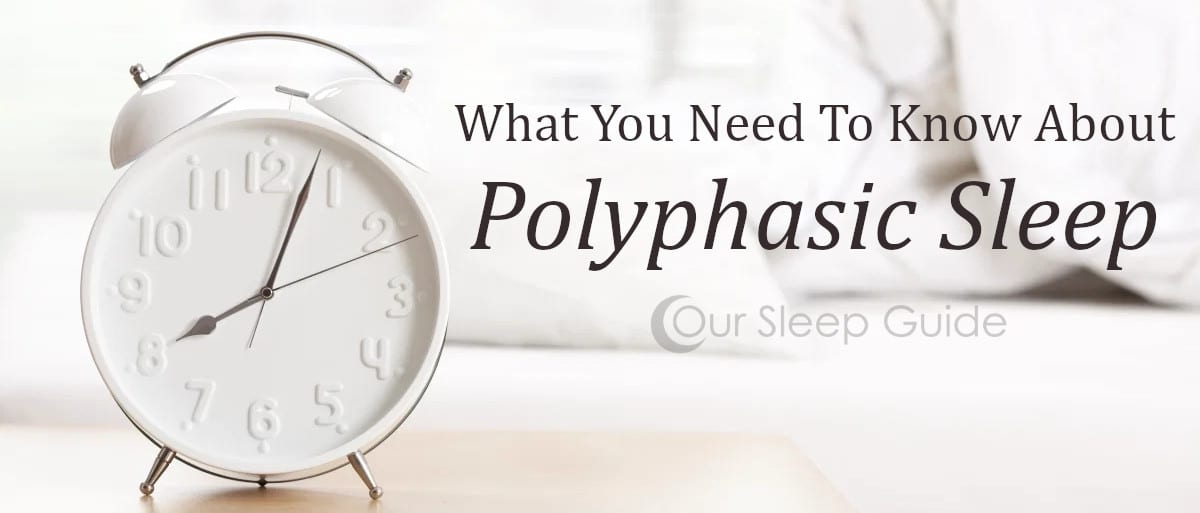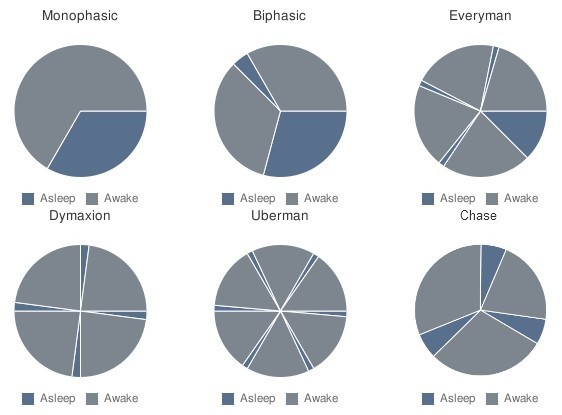Visit or Call Our Sleep Guide Texas Showrooms
Our Texas Showrooms Are Here To Help With All Your Favorite Online Brands! And We Offer Exclusive Coupons To Save More!
Learn MorePlease note, we are proudly supported by our readers. The product links are referral based and if you purchase an item we make a small commission. For more information please see our disclosure page.
Our site uses cookies to improve your experience, continuing on our site means you agree with our cookie policy Read More
I agreePolyphasic sleep refers to a schedule in which someone has two or more sleep sessions throughout a 24 hour period. Many people consider this to feel more natural way to live and sleep.
In Spain it is culturally accepted to have a midday siesta, where businesses will shutdown for a period of time in the afternoons. Allowing the business owners to rest during the middle of the day. Growing children tend to nap regularly. While if you have ever spent time around a teenager that isn’t on a schedule they often sleep in and nap regularly.

Often this is chalked up to growing bodies needing rest. While this is true, we adults tend to experience a midday slump. Which is often “fixed” with caffeinated beverages. Polyphasic sleep schedules is more intuitive way to view rest. We are going to go through what a polyphasic sleep schedule looks like, as well as go over many of the benefits of sleeping more than once per day. Keep reading to get more information.

There is intuitive polyphasic sleep schedules (which is what we will focus on primarily throughout this blog.) As well as Biphasic, Dymaxion, Uberman, Chase and Everyman sleep schedules all fall under the polyphasic sleep umbrella.
While these may sound like second tier x-men characters, they really are different types of sleep schedules.
There are some different variations of polyphasic sleeping schedules. While these have specific names and have been used and studied by others, keep in mind that you can practice a polyphasic sleep schedule without meticulously following any of the schedules. They are simply versions that others have tried and enjoyed.

Monophasic: One sleep session in a 24 hour period that lasts roughly 7-8 hours.
Biphasic: Two sleep sessions split through a 24 hour period. One core sleep that lasts roughly 6 hours, and another that lasts around 30 minutes. Although the time frames for each session may vary.
Everyman: Four sleep sessions throughout a 24 hour period. The core sleep lasting for three to four hours. Followed by three naps throughout the day that can vary in length.
Dymaxion: Four 30-minute naps throughout a 24 hour period. Two hours of sleep total.
Uberman: Six to eight 20-minute naps throughout a 24 hour period. Averaging around two to 3 hours of sleep total.
Chase: Three sleep sessions throughout a 24 hour period. Typically these naps are longer and evenly spread apart lasting 1.5 hours each.

Your body will tell you when you are tired and need a break, this is when you can take a nap. If you have trouble waking up in the middle of the night and not being able to do back to sleep, with an intuitive sleep schedule you can go ahead and wake up. It is all about listening to your bodies cues instead of trying to force yourself to sleep or wake up

Yes, you can get by on less than 6-8 hours of sleep per 24 hour period. Some find this to be a great way to maximize their productivity. In order to do this successfully sticking to a consistent schedule will be very helpful.
Although, it is important to listen to your body and ensure you are not causing any harm to your body or mind by keeping this type of sleep schedule. So be sure to check in with yourself and your doctor to ensure this is something that will be helpful to you personally.

In order to get the maximum benefits out of a different sleep schedule, you need to find a schedule that works for you. If you are wanting to make the absolute most out of your schedule for maximum productivity, then you may love something like the Dymaxion where you are only sleeping for a total of 2 hours per day. However, if you are looking to maximize your energy, then following a more intuitive sleep schedule may work better for you.
We suggest testing out different strategies in order to find the schedule that works best for you. It can even be as simple as an early morning and an afternoon nap.
If you naturally find yourself on a polyphasic sleep schedule, great. However, if you think that this routine may be better for you to transition to we have some helpful tips on how to transition to new sleep schedule.

Depending on your schedule you can choose a longer or shorter nap. If you are hoping to sleep less at night, you can begin to integrate more sleep breaks throughout the day.
This will help you transition into breaking up your sleep more, instead of having one long sleep session at night.

However, if you are trying to change into a more intuitive sleep schedule (ie. falling asleep when you need it, waking up naturally, and napping when you need rest)

If you have the freedom to schedule 20 minute breaks throughout the day, this is a great way to accomplish integrating your new sleep schedule.
You can always extend your work schedule by starting earlier and/or staying late to make up for the breaks throughout the day.

This may mean that you go to sleep later in the evening as usual, but that is okay. Trying out polyphasic sleeping is all about finding what works best for you and your schedule. Which is why we suggest making the schedule work for you vs the other way around.
While there are many different types of polyphasic sleep methods, you don’t have to follow any specific method in order to get the benefits of sleeping more than once per day. Many consider polyphasic sleep schedules to be a more natural and intuitive way to sleep, and if done right we couldn’t agree more.
Listening to your body and allowing yourself to wake up when your body is ready and fall asleep when you need the rest is a great way to give your body what it needs when it needs it. The biggest key take-away is listen to your body. However, you can find your best sleep satisfaction is really key. We hope you find a polyphasic sleep schedule that works best for you.
Our Texas Showrooms Are Here To Help With All Your Favorite Online Brands! And We Offer Exclusive Coupons To Save More!
Learn More
